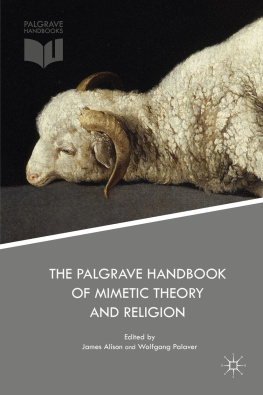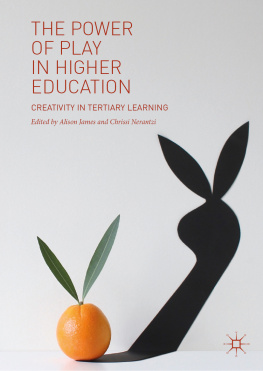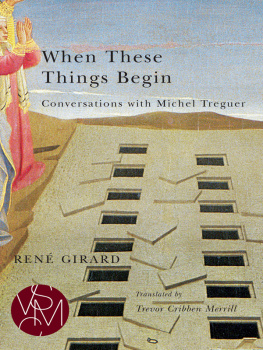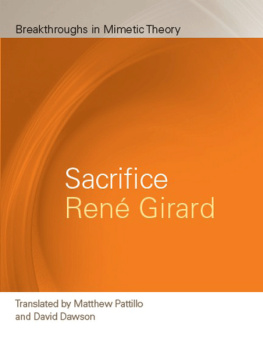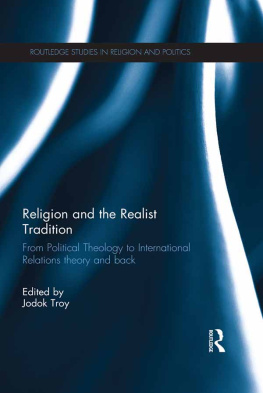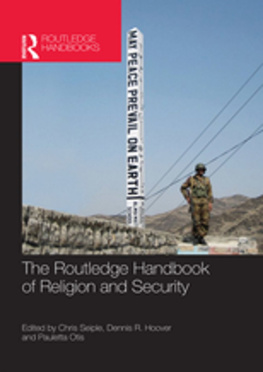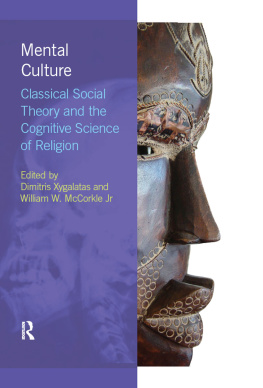Ren Girards mimetic theory is widely discussed and recognized as an anthropological apologia for Christianity . Its anthropological starting point, however, allows it to be applied far wider than to topics traditionally assumed to be the special preserve of Christian faith.
In this general introduction, you will find a brief description of what is meant by mimetic theory and some remarks concerning its place in the reassessment of the understanding of religion that is taking place throughout the world in these first decades of the twenty-first century.
Mimetic Theory, or, an Insight Made Rigorous
Mimetic theory is the name most typically given to the insight concerning the imitative or borrowed nature of desire which Ren Girard (19232015) developed into a rigorous hypothesis. Girard himself, pointing to the presence of the insight in the works, for instance, of Dostoyevsky, Proust , Cervantes , and Shakespeare , always insisted that he was not the first to discover mimetic phenomena. His claim was to have been the first rigorously to thematize and theorize an insight at which others have arrived. These others typically found their way to a hard-won, and often dangerous, wisdom gained through their own involvement in the issues of desire and violence which the insight describes.
Because the insight is one concerning personal and social self-criticism , there are any number of ways to unpack mimetic theory , and Girard himself constantly wrestled with new and better approaches to presenting it, never satisfied with how he had done so in this or that text.
Nevertheless, a tripartite model is often used for setting out Girards thought, and its three parts are as follows: the mimetic nature of desire; the mechanism of the surrogate victim (commonly called the scapegoat mechanism ); and the subversion from within of the world created by the first two, coming into operation through the prophetic critique of sacrifice .
Mimetic Desire
Girard became aware, through his own interaction with literature, that we desire according to the desire of the other . Humans do not desire starting from themselves, but others induce in them, starting from earliest infancy, the gestures, sounds, and desires which will allow them to become who they are to be. It is our models who induce in us the desirability of objects. Who we are and what we want is no longer simply determined by instinct but is borrowed from the different elements of the social other that surrounds us. This social other reproduces itself effectively in us as highly malleable participants. Our freedom (which is real) depends both on our depending peacefully on what is other than us and precedes us, and on a certain forgetfulness of what has made us to be. That which makes it possible for the social other to reproduce itself in and as us is the enormously more effective imitative capacity which this particular ape has developed over the millennia by comparison with our nearest simian relatives.
Imitation among simians clearly contributes to group cohesion and certainly makes much faster learning possible. But this very same positive dimension of imitation is always poised to turn into a negative one: Imitation can, and very easily does, flip into rivalry. Thus, as a group becomes better and better at imitation, so also does the risk grow that the potential for rivalry implicit in ever-better imitation is able to overcome whatever instinctual braking mechanisms and dominance patterns the group has. And, this can quickly threaten the groups survival. The question then arises: What was it, or is it, that prevents the growing equality among ever more efficient imitators from leading them to destroy one other? Between the all together of imitation and the all against all of rivalry , the merest nothing can suffice to flick the switch.
The Scapegoat Mechanism
Girards answer to this question is well known: the movement from all against all to all against one , commonly referred to as the scapegoat mechanism . Groups with very high levels of imitation (and therefore potential for rivalry), and diminished, or inexistant, instinctual, hierarchical, or outside control mechanisms, do run a great risk of self-destruction (and many have probably destroyed themselves, leaving no trace). Yet it can happen, in the midst of the growing (and terrifying) frenzy of the all against all that, without anyone being aware of how or why, attention comes to be drawn toward one or other member of the group. This happens in such a way that the group begins to coalesce round that member, who is thrown out, most probably killed. In finding themselves caught up in this together, those involved are also brought together to a place of sudden unanimity , and therefore of shared peace, in the presence of a cadaver. This is a unique and new form of shared attention in which the now absent one, present as cadaver, comes to acquire an importance as having apparently produced the peace which the group is now enjoying. Eventually, this can lead to the victim being deified . For it is perceived as having caused, as only a god could, both the violence that led to its murder, and the peace which befell the group thereafter. Girards thesis is that the peoples of the world do not invent their gods. They deify their victims.
The astounding thing is that those groups that have the pure, contingent good luck to stumble into this mechanism survive and may even learn enough to survive future frenzies by repeating the same thing. It is not that, by repeating the founding murder , they have invented something cognitively. Rather, it is the case that they have stumbled unawares into a mechanism that will thereafter structure their sociality. As they repeat it, this mechanism will invent them as humans, going so far, eventually, as to structure their cognition.
As the mechanism becomes operative among highly imitative animals, who now have both something new to imitate (the founding murder) and a new sense of togetherness in their imitation, it is quite easy to follow Girards claim that repeated imitation of this scenario gives rise to ritual , and eventually myth (as and when language comes into play), and alongside both of these, prohibitions (which work to prevent the kind of behavior leading to the terror of the original frenzy, but are often systematically infringed when it comes time for the group to re-enact the ritualized elements of the frenzy and its resolution).
The Subversion from Within of the Sacrifical Mechanism
Fundamental to the working of the scapegoat mechanism is a certain sort of ignorance or miscognition (called by Girard, in French, mconnaissance ). For, naturally enough, where there is doubt, and thus dissent in the group concerning whether or not the right one has been got, then unanimity and peace are never reached. Where unanimity and peace are reached, these are themselves sufficient, from the surviving participants perspective, to indicate that the right one was expelled. But what would be intolerable is the suggestion that the selection of the expelled one was in fact arbitrary, the result of a mechanism. For in that way, no decision could be settled, no order could be secure.
Girard studied an enormous number of myths and rituals from all over the world, finding elements of the scapegoat mechanism present in very large numbers of those texts, but always as structure , never as theme. By this, he meant that different moments in the originary scenario are describedthe imitative build up to frenzy, the loss of order, the ganging together against one, the resulting peace and fruitfulness of what followed, the gradual breakdown of the same scenario (which he refers to as the sacrificial crisis), and the starting up of the mechanism again. But the accounts are always muddled: Different moments are attributed to different agencies, responsibilities are shared with improbably anthropomorphic figures, and so on. In other words, the narrative given by the survivors is a mendacious version of just such scapegoating scenarios.

